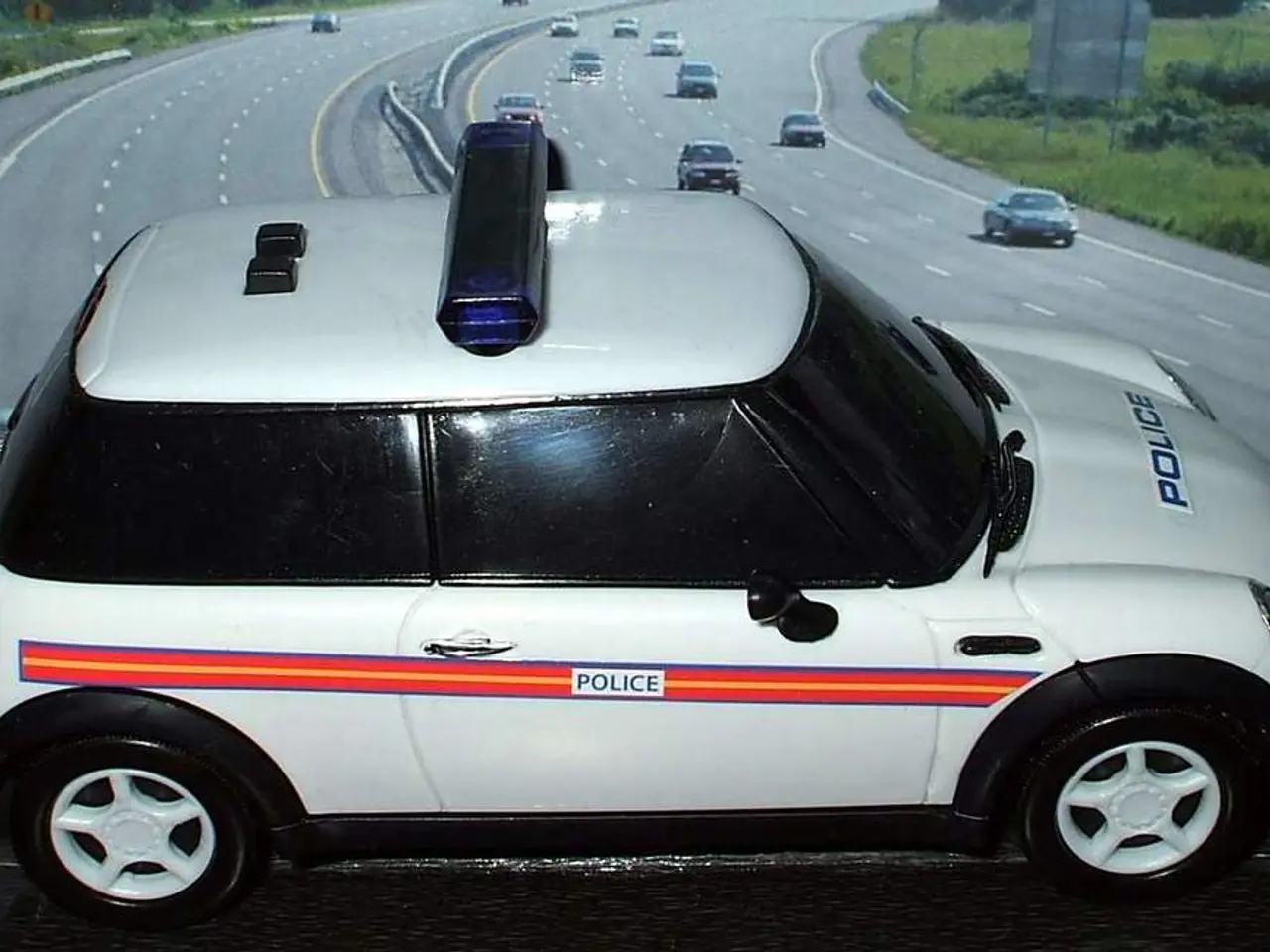The Jukebox Evolution: More Than Just a Songbox
Delving into the Past and Present Significance, Valued Items, and Influential Melodies of a Timeless Cultural Symbol - Jukebox Journeys
These glowing musical mavericks, packed with tunes handpicked for your grooving pleasure, once served as the lifeblood of diners, dancehalls, and cafes. A simple coin toss could ignite a spontaneous musical bash, taking ordinary moments and turning them into festive celebrations. With the jukebox, the world bid farewell to the radio's monotonous playlists, ushering in a new way to revel in the power of music.
The jukebox transcends the realm of mere music-playing devices. It's a historical artifact, steeped in stories that trace back to the late 19th century. It all began in the latter part of the 1800s when the first coin-powered music box allowed people to savor a song for just a small fee. Over the decades, these machines became integral to social life. During the Roaring Twenties and Swinging Thirties, they brought jazz and blues to speakeasies during Prohibition. By the Forties, jukeboxes stood out in vibrant color and glow, symbolizing joy and unity. They left an indelible mark on the world of music.
Symbol of Freedom and Rebellion
In the Fifties, as rock 'n' roll swept the nation, jukeboxes established their status as icons of rebellion, freedom, and shared revelry. These machines were more than just playing songs: they tore down barriers. At a time when mainstream radio often snubbed African-American artists, jukeboxes amplified their voices, introducing them to broader audiences and shaping the era's musical landscape. The data collected from jukebox plays helped record companies and radio stations grasp public musical preferences, influencing marketing and promotional strategies.
The retro jukeboxes of the Fifties and Sixties have become coveted treasures for collectors. These classic mechanical marvels, celebrated for their innovative design and technological charm, provide a tangible link to an era when music and style went hand in hand.
Take, for instance, a rare BAL-AMi 200 from the mid-20th century, which was recently auctioned. Its lights still glow as brightly as ever, though its turntable mechanism needs some TLC. On another occasion, a highly praised 1950s Rock-Ola, often hailed as one of the finest ever crafted, went under the hammer in working condition. Sales like these show that well-preserved or rare models can fetch a pretty penny, reflecting their historical and aesthetic value.
Unearthing Hidden Gems
Whether it's the history, the design, or the music itself, jukeboxes give you a unique journey through a vibrant era of cultural and musical revolution. From their neon luminous glow to the tales etched into their well-worn buttons, these machines are more than mere collectibles. They are emblems of a vibrant musical past. So, whether you're hunting for your dream jukebox or simply admiring their charm, may your expedition through the world of jukeboxes be as joyous as the music they play. Happy hunting!
Familiar face from The History Channel's long-running hit, American Pickers, Rob Wolfe is a seasoned antique dealer. From vintage signs to antique cars and motorcycles, and everything in between, Rob has an extensive knowledge of, and passion for, all things antique. He's been collecting unique items and learning about their history since early childhood and today that passion can be seen at his showroom in Bettendorf, Iowa, where Rob hosted the annual Bettendorf Americana Car show and Antique Auction.
May 2025: Collecting Tunes
Enrichment Insights:
Early Development and Cultural Impact:
- 1920s and 1930s: Jukeboxes entered the social scene, particularly in bars and speakeasies, allowing patrons to select and play music, democratizing music consumption [3].
- 1930s and 1940s: The invention of the Seeburg 100 helped increase the number of songs available on jukeboxes and made mellow music more accessible to the general public [1].
Technology Advancements and Adaptability:
- Digital Storage: The rise of digital music storage enabled jukeboxes to access massive libraries of songs, far surpassing the limitations of mechanical systems [1].
- Modular Design: Some modern jukeboxes are modular, allowing for the easy swapping of components, such as the playback hardware and speakers [2].
Cultural Significance and Modern Relevance:
- Nostalgic Value: Popular across retro-themed establishments, jukeboxes evoke memories of past social experiences and continue to be celebrated as cultural artifacts [4].
- Communal Experience: Despite the popularity of personal listening devices, jukeboxes offer a shared experience that fosters community interaction and enjoyment [4].
- Support for Artists and Venues: As a revenue stream for musicians and entertainment venues, jukeboxes continue to support the cultural economy [2].
[1] - "Jukebox History" by Oldies Jukebox Club, Inc. https://www.oldiesjukeboxclub.org/jukeboxhistory.asp[2] - "Why Jukeboxes Remain Appropriate for Today's Bars and Restaurants" by Nightclub & Bar Media Group, LLC. https://www.nightclub.com/operations/jukeboxes-remain-appropriate-bars-restaurants-0111/[3] - "Chapter 9: Jukeboxes" by Landmarks Illinois, Inc. https://landmarks.org/wp-content/uploads/2018/09/In-Advance-of-the-400th-Anniversary-of-the-Founding-of-the-City-of-Chicago.pdf[4] - "Jukebox Collection" by American Insurance Group. https://www.culturalinsuresgroup.com/articles/jukebox-collection/
The transformative role of jukeboxes continues beyond mere music delivery, serving as a historical artifact that narrates stories dating back to the late 19th century, triumphantly shaping cultural landscapes across different eras. In the golden age of rock 'n' roll during the Fifties, these mechanical marvels became symbols of rebellion, delighting music enthusiasts with an innovative means to access the vibrant rhythms of the era, even as mainstream radio often overlooked emerging artists.








